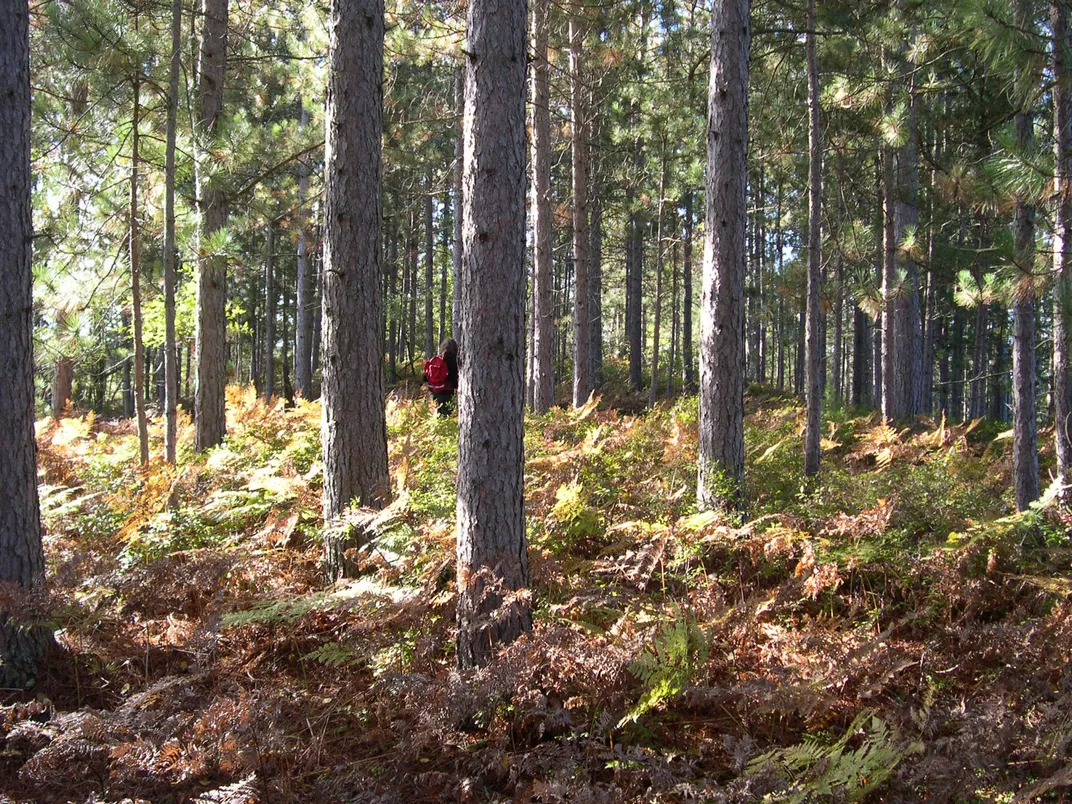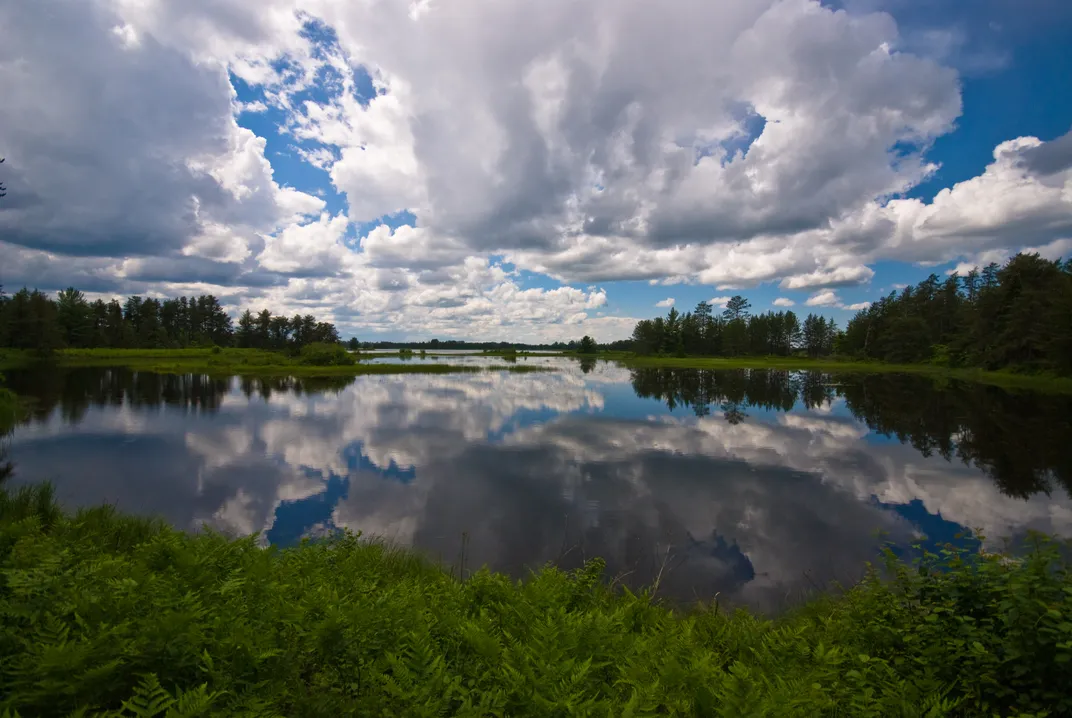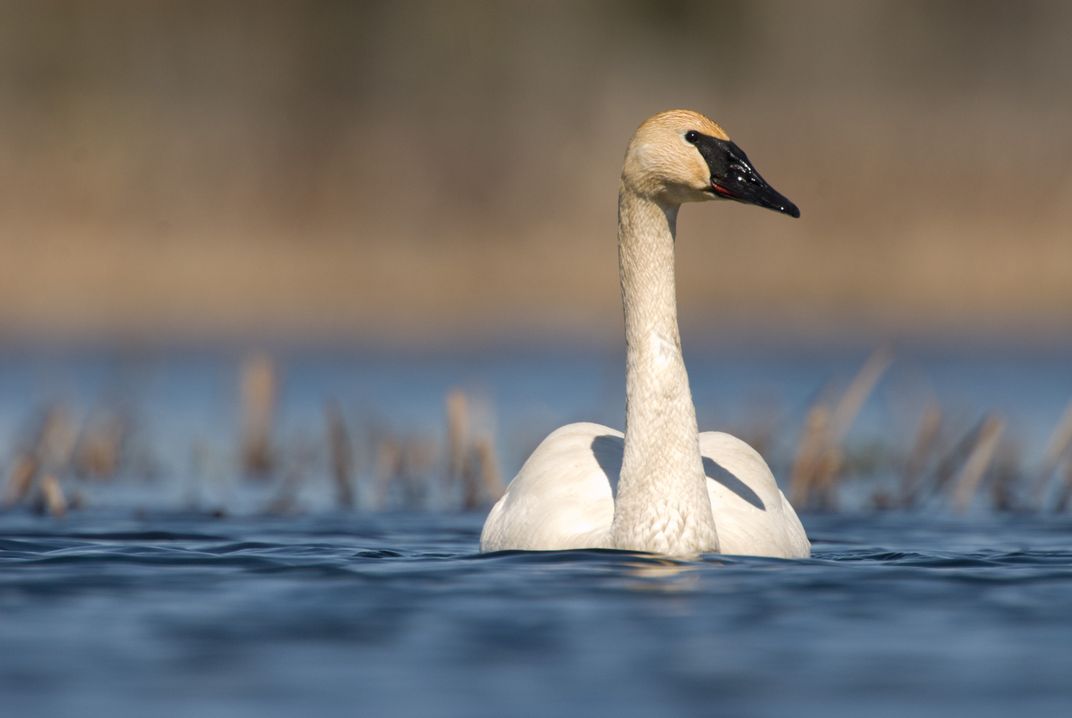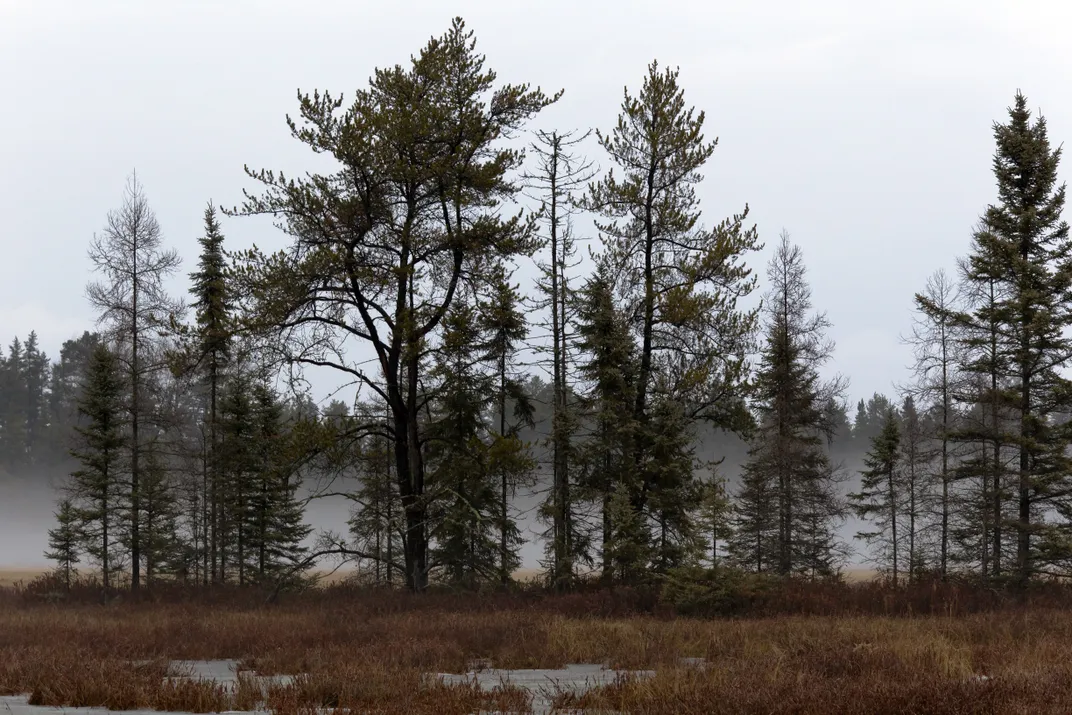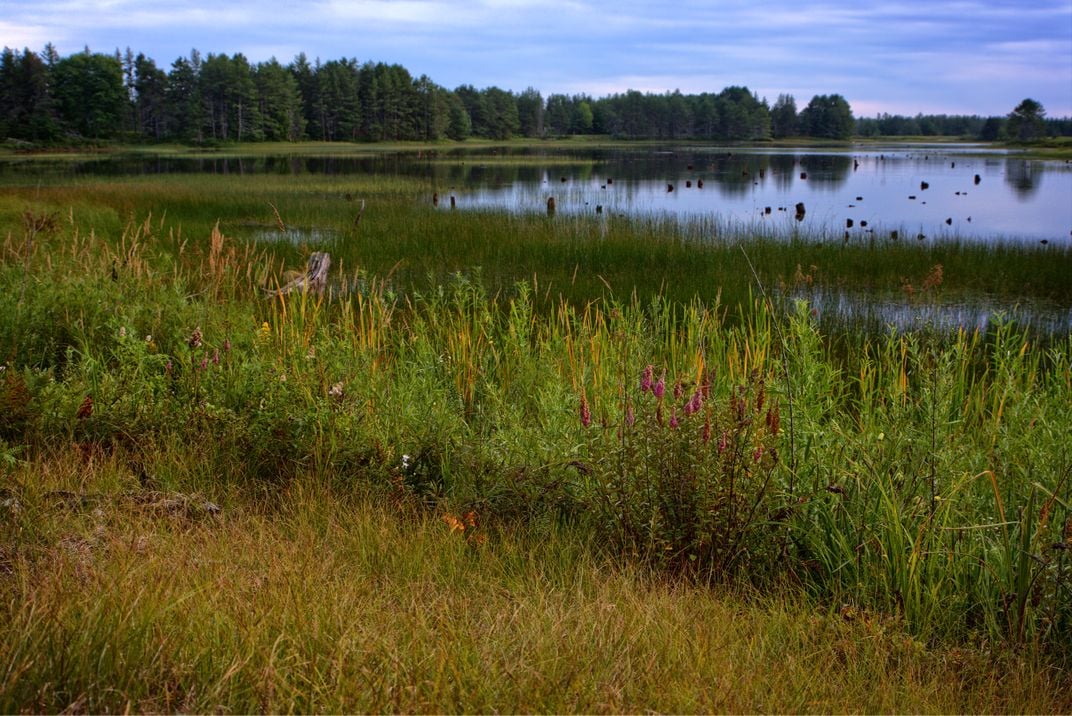Seney National Wildlife Refuge
String bogs, sand dune islands and carnivorous plants
Location: Michigan
Size: 25,150 acres
Year Designated: 1970
Fast Fact: The Strangmoor Bog, located within the Seney National Wildlife Refuge, is considered the best surviving example in the 48 states of a sub-arctic patterned bog ecosystem.
Though nearly all of the Seney National Wildlife Refuge seems wild, only the western third of the refuge is actually designated as wilderness (the rest is carefully managed “wilderness” meant to help wildlife thrive). Still, those 25,000 acres constitute Michigan’s second-largest wilderness area and provide a home for bald eagles and rare grey wolves, as well as moose, black bears, coyotes and foxes.
Millennia ago, the Seney wilderness was covered by an ancient lake. As the lake disappeared, wind and weather whipped the newly exposed sediment into sand dunes. Today, these dunes, covered with grass and trees, form a string of islands throughout a wetland known as the Strangmoor Bog. Accessible only by foot, the Strangmoor Bog is the southernmost example of a string bog: a skinny, finger-like bog separated by sandy islands. String bogs are normally associated with periglacial climates, like tundras, where thawing permafrost allows string bogs to form, and are most often found in colder climates, making the Strangmoor Bog unique. The bog itself supports rare vegetation, including the carnivorous pitcher plant.
